Description
In the unforgiving arena of generator operations, where a momentary fault in stator windings or rotor imbalances can spiral into multimillion-dollar outages and grid disruptions, engineers grapple with the imperative of layered protection that doesn’t bog down scalability or inflate costs. The GE SR489-P5-LO-A20-E addresses this crux as a comprehensive generator management relay from GE Vernova’s Multilin SR series, delivering advanced safeguards like differential and interlock logic to fortify small-to-medium synchronous or induction machines in industrial automation frameworks. Envision a cogeneration plant feeding a manufacturing campus, where harmonic distortions from variable loads threaten neutral grounding integrity, or a remote hydro site where seismic tremors amplify ground fault risks—scenarios demanding high-reliability metering and trip coordination to avert cascading failures without over-relying on upstream breakers.
Here, the GE SR489-P5-LO-A20-E intervenes with precision, targeting the user’s drive for system stability by fusing current/voltage inputs into actionable diagnostics, from 100% stator ground detection to vol Hz oversight, all while embedding modular integration for seamless tie-ins with SCADA or DCS overlays. In everyday hotspots like utility tie-ins or backup diesel arrays, it proves vital, eclipsing fragmented relay banks with a drawout case that simplifies testing amid live loads. Lacking such a unit, setups devolve into reactive patches—cobbled CTs or basic overcurrent gadgets—that escalate downtime and sideline process control finesse in environments chasing IEEE C37.102 compliance. The GE SR489-P5-LO-A20-E, however, streamlines this via programmable thresholds and event waveform captures, empowering preemptive tweaks that align protection with operational rhythms.
Its consultative nuance appeals to field teams eyeing retrofits: low-range power suits battery-backed auxiliaries, while analog outputs feed trending tools for anomaly hunting. For search-savvy pros probing “generator protection relay” or “Multilin SR489 specs,” it emerges as a tactical cornerstone. If your automation paradigm hinges on resilient machine health without the drag of bespoke engineering, the GE SR489-P5-LO-A20-E recasts vulnerabilities into vigilant assets, anchored in proven metrics that sharpen deployment deliberations.
Crafting a generator’s defensive perimeter requires a relay that doesn’t isolate functions but weaves them into the broader control tapestry, anticipating faults across phases and neutrals with unflinching accuracy. The GE SR489-P5-LO-A20-E achieves this as a drawout-form SR489 relay in GE Vernova’s lineup, ingesting signals from seven CTs—three-phase plus neutral/ground—and four VTs (three terminals plus neutral) to execute core algorithms like biased differential (87G) that discern internal arcs from magnetizing inrush, then actuates seven form-C output relays for trip/block duties. It processes these via a robust DSP core, timestamping events with IRIG-B sync for forensic precision, and broadcasts states over RS-485 Modbus or optional Ethernet, ensuring deterministic handoffs to host controllers without latency creep.
In the protection stack, it anchors the machine-facing layer, interfacing field sensors through isolated barriers to mid-level automation like PLCs or RTUs, while supporting redundancy through dual power inputs that bridge AC/DC sources for glitch-free operation. Diagnostics pulse intuitively: front-panel LEDs signal element trips or contact wets, with rear digital inputs configurable for virtual permissives like seal-in logic, all queryable via EnerVista software for threshold tuning. It honors protocols from DNP3 for SCADA polling to IEC 61850 GOOSE for peer messaging, easing migrations from legacy electromechanicals by emulating contact multiplication without extra hardware.
Practically, it deploys with deliberate grace—rack it into a 19-inch panel via the drawout chassis for live inspections, wire the compression terminals for 5 A CTs, and baseline curves against machine data sheets, its low 24-60 V DC draw suiting UPS-tied cabinets in blackout-prone grids. The GE SR489-P5-LO-A20-E transcends isolated tripping; it’s a narrative curator in your setup, logging data traces that illuminate patterns like intermittent grounds, fostering a protection ethos that evolves with load profiles from islanded micros to paralleled utilities.
- SR489-P5-LO-A20-E
- SR489-P5-LO-A20-E
| Specification | Details |
|---|---|
| Model Number | SR489-P5-LO-A20-E |
| Brand | GE Vernova |
| Type | Generator Management Relay |
| Input Voltage | 24-60 V DC / 20-48 V AC @ 48-62 Hz |
| Operating Temp Range | -40°C to +85°C |
| Mounting Style | Drawout case, 19″ rack |
| Dimensions | 145 mm H x 205 mm W x 140 mm D |
| Weight | 4.5 kg |
| Interface/Bus | RS-485 Modbus, optional Ethernet |
| Compliance | IEEE C37.102, CE, UL |
| Supported Protocols | Modbus RTU, DNP3, IEC 61850 |
| Typical Power Draw | ≤ 20 W |
Integrating the GE SR489-P5-LO-A20-E instills a proactive shield that permeates generator fleets, kicking off with its differential prowess that isolates faults in milliseconds, preserving core bars from thermal runaway and reclaiming uptime in setups where a single trip could idle production lines for hours. In the ceaseless churn of paralleled operations, this locks in performance consistency by adapting pickup curves to decaying inrush, dodging nuisance actuations that fragment baseloads—often lifting availability metrics by curtailing false clears in harmonic-laced grids. It’s the subtle enforcer that lets machines hum at peak without the overhang of conservative setpoints, channeling metered values like kVAR flows to optimize excitation without manual overrides.
Maintenance cadence refines markedly, courtesy of self-monitoring that audits CT ratios or breaker timing via oscillography, piping alerts to remote dashboards for off-peak resolutions rather than floor scrambles, which trims labor by spotlighting wear like contact pitting before it propagates. The drawout design eases this further, allowing element swaps under load to slash engineering overhead in phased upgrades, while its 4-20 mA outputs interface cleanly with historians for trend-driven prognostics. Engineered for tenacity, the low-range supply buffers against voltage sags in auxiliary buses, ensuring long-term performance that weathers EMI storms in switchyards.
Fundamentally, this relay’s merit amplifies through ecosystem synergy, where event files dissect oscillations for root-cause hunts, easing compliance with NERC MOD standards. For the engineer balancing fleet expansions against risk, the GE SR489-P5-LO-A20-E distills high-reliability into pragmatic yields—fewer interventions, keener insights, and a buffer that elevates machine guardianship from duty to distinction.
The GE SR489-P5-LO-A20-E slots seamlessly into utility-scale hydro stations, where it oversees 10-50 MVA units against 100% ground faults via neutral VTs, its Modbus links feeding turbine governors for synchronized trips that safeguard critical system uptime amid flood-induced surges—pivotal in process control environments prioritizing baseload integrity over intermittent renewables.
In industrial cogeneration for refineries, it embeds in MCC panels to monitor diesel backups, deploying vol Hz elements to quench overfluxing during black starts, resilient to 85°C ambient and vibratory mounts that test lesser enclosures. High-reliability metering here tracks sync-checks for paralleling, averting phase mismatches in fast data cycles.
For wind farm collector ties, the relay protects medium-voltage step-ups from interturn shorts, its IRIG-B captures dissecting event waveforms for OEM forensics in remote O&M. Whether used in power plants or generator management realms, the GE SR489-P5-LO-A20-E fortifies harsh-condition outposts, merging protection depth with comms agility for resilient, yield-focused operations.
SR489-P1-LO-A20-E – 1 A CT variant for sensitivity in low-current utility feeders, ideal for smaller induction gensets.
SR489-P5-HI-A20-E – High-range power supply counterpart for robust AC/DC grids in large-scale hydro installs.
SR489-P5-LO-A1-E – 0-1 mA analog output model, suited for legacy DCS trending in cost-sensitive retrofits.
SR469-P5-LO-A20-E – Motor protection sibling for hybrid drive-generator loops in marine propulsion.
SR750-P5-LO-A20-E – Feeder relay add-on for downstream bus safeguarding in microgrid architectures.
SR489-P5-LO-A20-R – RTD-enhanced version with temperature inputs for rotor thermal modeling.
MIFII96-P5-LO-A20-E – Feeder management alternative for expanded metering in distribution ties.
Before panelizing the GE SR489-P5-LO-A20-E, a pointed compatibility pass can deflect those latent integration hitches that prolong energization. Harmonize Modbus baud rates with the host RTU per GE’s protocol annex—mismatches breed polling timeouts, so simulate a poll chain on a bench setup with a dummy VT feed. Case fitment counts; scout for 6U rack space with 50 mm side vents to dissipate its modest warmth, especially in stacked arrays where convective paths narrow. Scrutinize the LO supply for transient hold-up—inject a 100 ms dip to affirm it latches above 20 V, as undervoltage can stall DSP boot—and validate CT polarity with a ratio bridge to preempt differential bias errors from day one.
In the field, care tilts toward insightful, phased oversight that leverages its autonomy. Monthly front-face scans—tri-color LEDs for element status or breaker feedback—unveil pickup drifts or aux contact opens, often harvestable via EnerVista queries sans physical access. Semiannually, probe rear terminals for torque (1.0 Nm on compression types) and hi-pot across outputs, guarding against creepage in humid enclosures; include a continuity loop on digital inputs to snare relay chatter precursors. Yearly, trigger a full element dump through the software suite, replaying captured waveforms against test sets to recalibrate 87G slopes—sync with firmware drops from the portal for protocol evolutions. In dusty or chemical sites, a compressed air purge over I/O ports biannually clears debris without ingress risks. These aren’t blanket enforcements; they’re synced to your generator’s tempo, upholding vigilance while carving bandwidth for evolutions over emergencies.

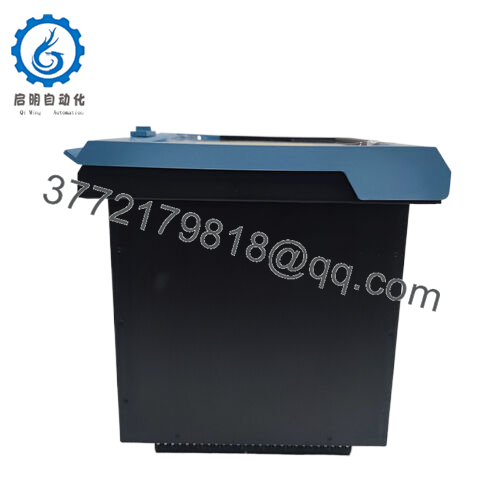
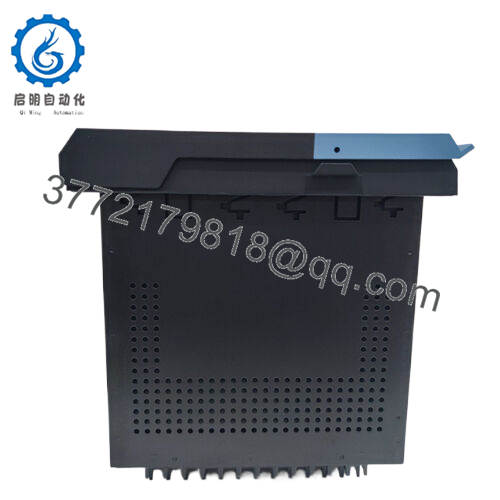
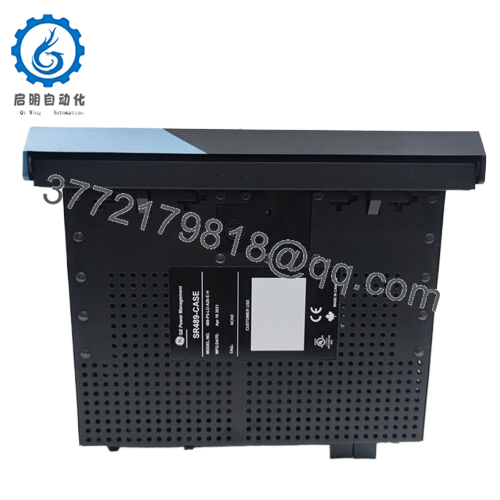
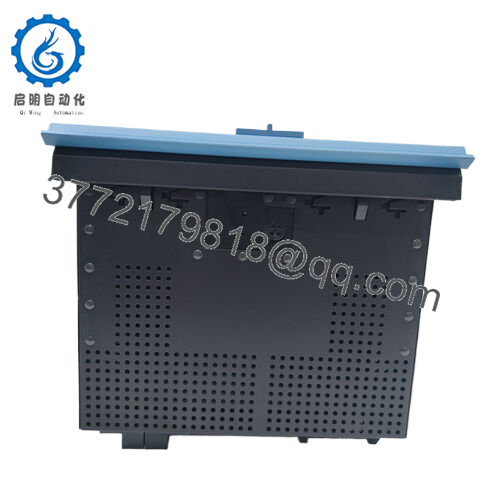
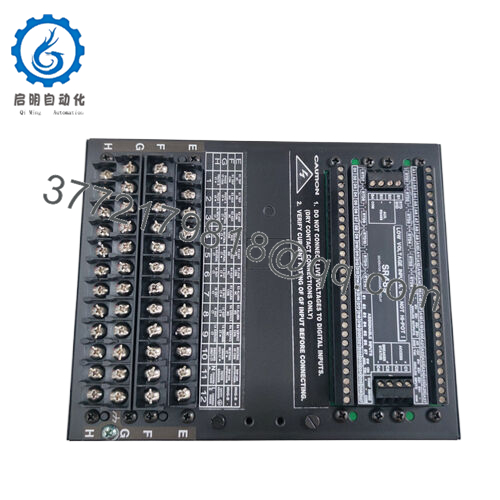
 WhatsApp: +86 16626708626
WhatsApp: +86 16626708626 Email:
Email:  Phone: +86 16626708626
Phone: +86 16626708626


